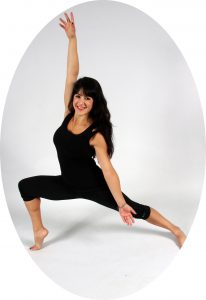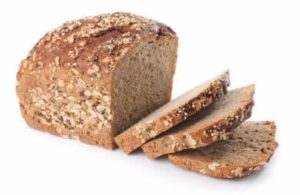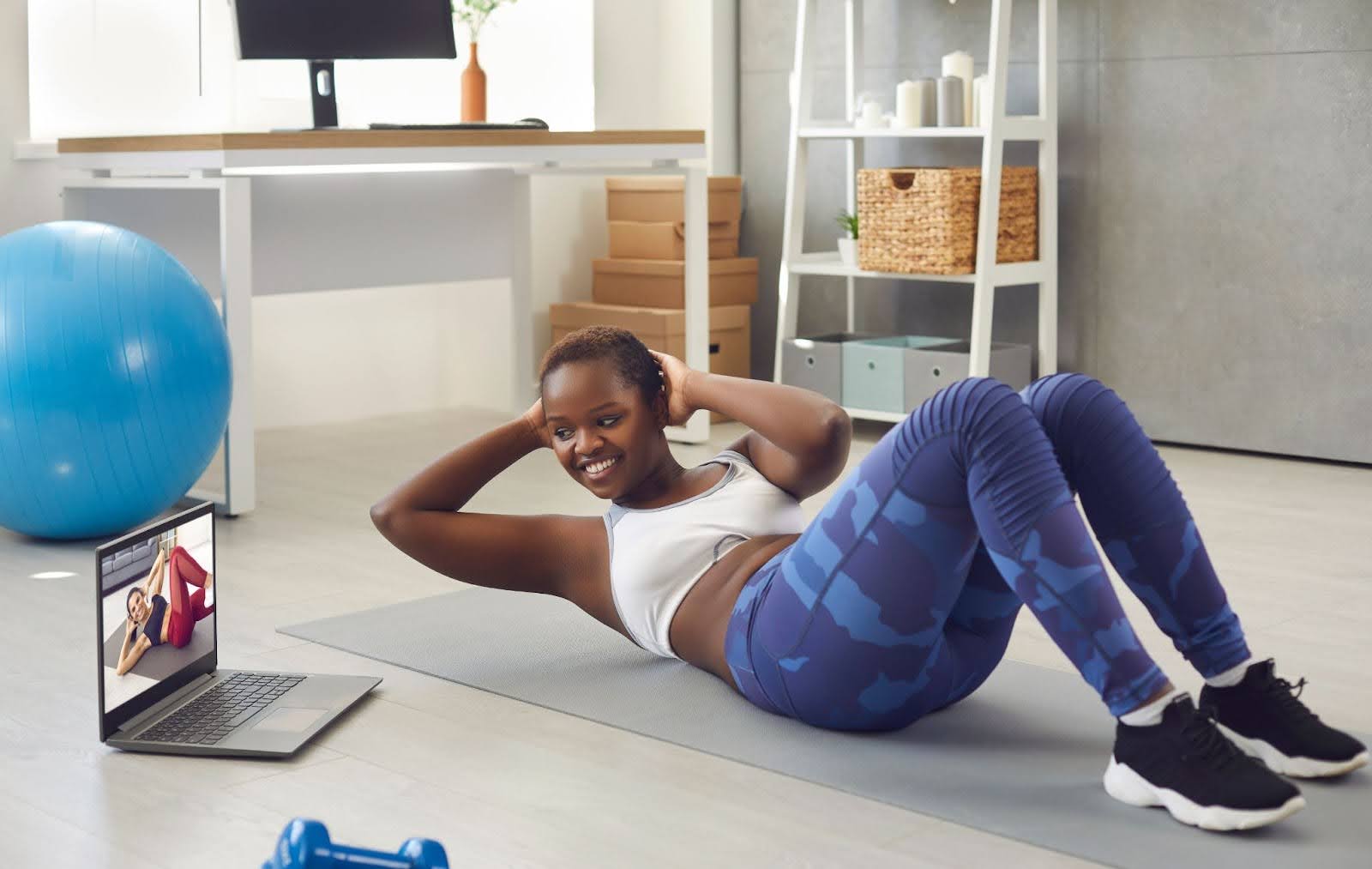 This month is National Nutrition Month! Hooray!!! Can you feel the nutrient buzz in the air?!
This month is National Nutrition Month! Hooray!!! Can you feel the nutrient buzz in the air?!
I thought we would talk about bread.
The answer is, yes, you can eat bread. Don’t be silly, you can. It’s about choosing wisely. But I get it, it’s super confusing trying to decide how. Let me be of service.

The best way to find healthy bread is to look at the ingredients FIRST. The ingredients appear in descending order based on volume. This means the first ingredient on the list is the most prevalent. Therefore, the first ingredient in whole-grain bread should be whole grain.
For instance when you’re looking for whole-wheat flour or 100-percent whole-wheat flour. This means the bread has no refined white flour. The ingredient list should not include wheat flour, enriched bleached flour, unbleached wheat flour, multi-grain or stone-ground wheat flour (more on that below). And just because the bread is brown and has the word wheat on the package doesn’t necessarily mean it’s a healthy, high-fiber, whole-grain choice.
Miriam’s Guidelines for Bread (per slice):
- Hydrogenated fats/oils: no hydrogenation listed in the ingredients partial or full
- High fructose corn syrup: no high fructose corn syrup listed in the ingredients
- Saturated fat: zero saturated fats on the nutrient label
- Bleach: no bleach listed in the ingredients
- Dyes: no artificial dyes or colors listed in the ingredients such as:
- caramel coloring (2- or 4-MEI)
- Guams: limit of 1 guam in the ingredient list
- Various Additives (list not limited to): avoid the following:
- potassium bromate
- azodicarbonamide (ADA)
- monoglycerides
- diglycerides
- butylated hydroxyanisole (BHA)
- GMO soy
- Fiber: 2 grams or more listed on the nutrient label
- Added Sugar: 3 grams or less of added sugars listed on the nutrient label
- Protein: 3 or more grams listed on the nutrient label
- Sodium: 240 mg or less listed on the nutrient label
- Whole grain: optimal is “whole” in the first ingredient before the grain that is used or below list of other grains considered whole in the first ingredient.
Hey Miriam, I know now you want me looking at the ingredients and label. So, what words are used for whole grain in the ingredients? Answer:
Whole Grains (not limited to):
|
|
|
|
|
|
|
|
|
|
|
|
|
|
|
|
|
|
|
|
|
|
|
|
|
|
|
Not Whole Grain (not limited to):
|
|
|
|
|
|
|
|
|
|
|
|
|
|
|
|
|
|
|
|
|
|
|
|
|
|
|
|
|
|
|
|
|
|
|
|
|
|
|
Miriam’s Current Bread Brand Picks:
- Food For Life (also known as Ezekiel’s) (www.foodforlife.com)
- Alvarado Street Bakery (www.alvaradostreetbakery.com)
- Manna Organics (www.mannaorganicbakery.com)
- Silver Hills (www.silverhillsbakery.ca)
- Dave’s Killer Bread (www.daveskillerbread.com)
- One Degree Organic Foods (www.onedegreeorganics.com)
- Rudi’s (www.rudisbakery.com)
It’s easier to go to stores that carry more health products like Sprouts, Whole Foods, and Jimbo’s to find a lot of these brands. Ralphs will have some as well.
That’s it for now! Hopefully you feel more empowered about bread, not scared of it.
Toodles,
Miriam
Resources:
http://www.integrativeflavors.com/clean-label-understanding-the-basics/
http://www.sparkpeople.com/resource/nutrition_articles.asp?id=1215
http://wholegrainscouncil.org/whole-grains-101/whole-grains-a-to-z/#sorghum











Comments - 0